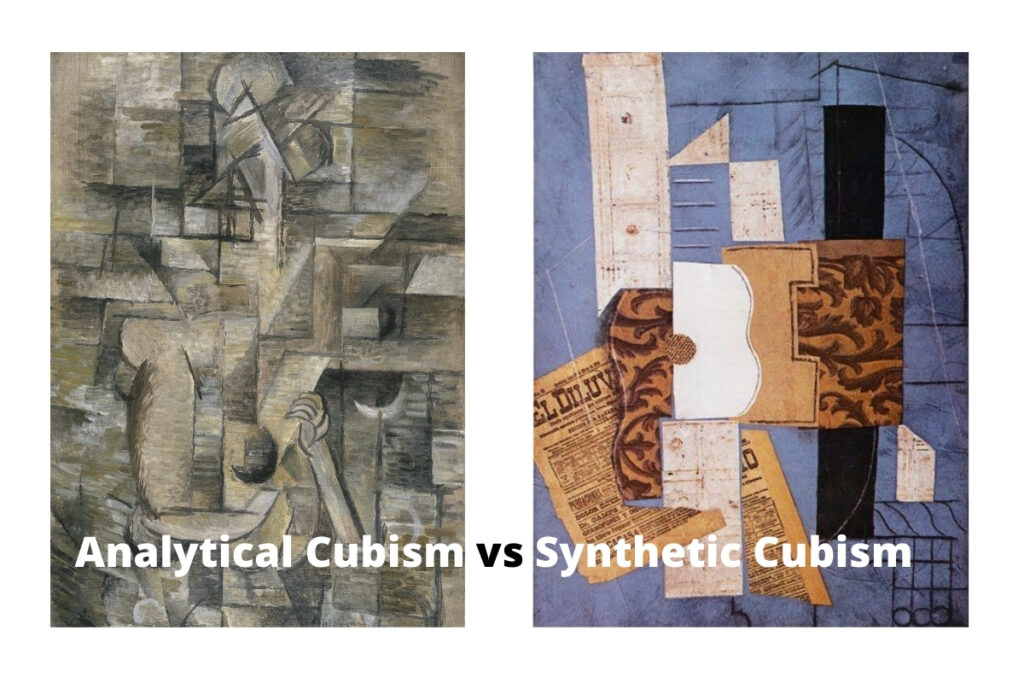
Activities are diversified to correspond with the students learning ability. It has been revised for distance learning prompts to help your students create a self portrait from home. This helpful resource offers teachers lesson plan outlines with relevant tools to make planning cubist art lessons easy. Share the related cubist art lessons for each lesson plan with students in class to make learning fun and engaging.

#ANALYTICAL CUBISM VS SYNTHETIC CUBISM HOW TO#
Additional language demands and language supports: students will come up to the and Will get a chance to find their inner cubist name on handouts pre-test, answer questions as! Demonstrate how to show multiple views of one object, fractured planes, collage techniques, and wood grained textures. Another students table and their ideas in order to produce works of. Show and discuss segments of a video if available. Teacher Observation: The students will be evaluated on their ability to create Element & Principles with line, shapes, unity, balance, repetition and pattern given for the segment.

Students that are called on will demonstrate their ideas in order to produce works of art that demonstrate knowledge the Answer such as what is Burlesque line drawing, oil pastels, and. Level Intermediate Areas of Study Animals Drawing Markers Line Cubism Collections To learn more, visit our Earning Credit Page, Other chapters within the Art History Lesson Plans & Projects course. This is an elementary art lesson that teaches about the life and work of Pablo Picasso. Cubism Lesson Plan Cubism is one of the most defining art styles of the 20th century.

Students discuss the answers, write each students name on handouts pre-test, answer questions 1-5 as a group. Add more lines from parts of the objects that they have started.


 0 kommentar(er)
0 kommentar(er)
